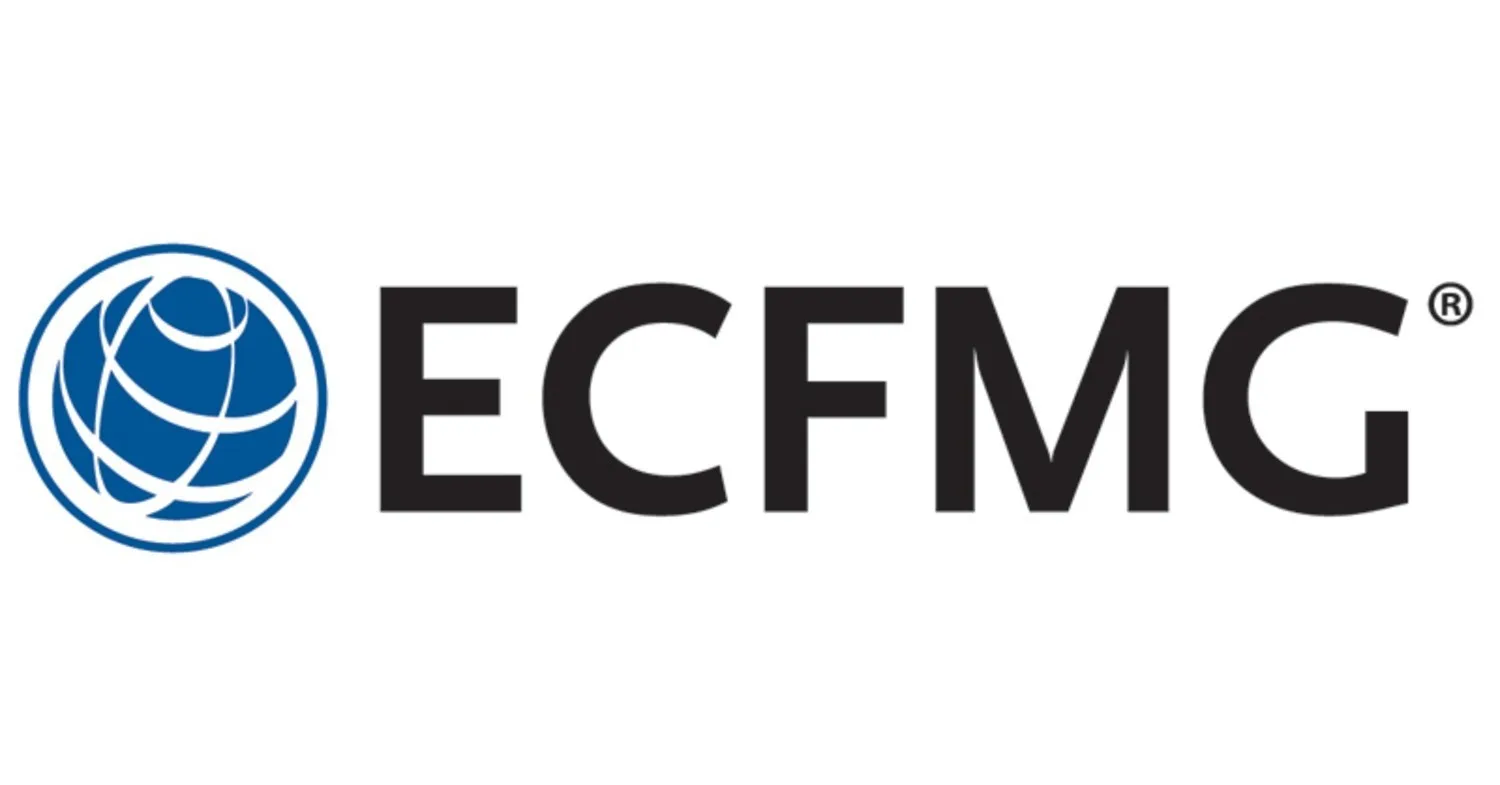Embarking on a journey to become a doctor in the USA can be as daunting as it is rewarding, especially for International Medical Graduates (IMGs). The process involves multiple steps, from obtaining your initial medical degree to securing a coveted residency spot in the U.S.
Important Note
For 12th Standard students or below & MBBS Aspirants
If you’re in 12th or below – then you need to understand that once you complete your MD/MBBS in the US, these are the next steps for you.
For MBBS Graduates ( Both Indian & International )
If you’re an IMG and have got Clinical Rotation experience in the US + Solid LOR’s – Then this is your immediate next steps.
Becoming a doctor in the USA(Study in USA) as an International Medical Graduate (IMG) is a complex and rigorous process that involves several steps.
Here’s a detailed guide to help you navigate through the journey:

Step 1: Educational Background and Qualification
- Requirement: Obtain a medical degree from a recognized and accredited medical school.
- Considerations: Ensure that your medical school is listed in the World Directory of Medical Schools (WDOMS) and meets the eligibility criteria of the Educational Commission for Foreign Medical Graduates (ECFMG).
- Expense: Cost of obtaining a medical degree. This varies widely based on the country and the specific medical school.
Step 2: ECFMG Certification
- Process: ECFMG Certification: Apply for ECFMG Certification, which involves verification of your medical education credentials.
- USMLE Exams: Pass the United States Medical Licensing Examination (USMLE) Step 1 and Step 2 CK (Clinical Knowledge). If required, also pass Step 2 CS (Clinical Skills).
- Considerations: ECFMG Certification is a prerequisite for entry into the US medical system.
- Expense:
- Educational Credential Verification: $135
- Application for ECFMG Certification: $135
- USMLE Step 1 and 2 CK Fees: $965 each (as of the last update) USMLE Step 2 CS Fee: $1,580 (as of the last update)
Step 3: Residency Application and Match
- Process: ERAS Application: Prepare and submit applications through the Electronic Residency Application Service (ERAS).
- NRMP Match: Participate in the National Resident Matching Program (NRMP) to secure a residency position.
- Considerations: The residency match is a competitive process, and candidates typically apply to multiple programs.
- Expense:
- USMLE Step 1, Step 2 CK, and Step 2 CS as applicable. These fees can vary based on the number of attempts and regional variations.
- ERAS Application Fee: $99 for the first 10 programs, additional fees for extra programs.
- NRMP Match Fee: $85 (as of the last update)
Step 4: Obtaining a Visa
- Visa Type: Obtain a J-1 or H-1B visa for the duration of your residency.
- USCIS and SEVIS: Complete the required paperwork with the United States Citizenship and Immigration Services (USCIS) and Student and Exchange Visitor Information System (SEVIS).
- Considerations: Ensure compliance with visa regulations and deadlines.
- Expense:
- Visa Application Fees: Varies based on the type of visa.
- SEVIS Fee: $350 (as of the last update)
Step 5: Residency Training
- Process: Complete a residency program in your chosen medical specialty, typically lasting 3 to 7 years.
- Considerations: Residency is an intensive training period with a focus on clinical skills and medical knowledge.
- Expense:
- Living Expenses: Varies based on the city and lifestyle.
- Medical License Application Fees: Varies by state.
Step 6: ECFMG Certification (Again, if needed)
- Process: If not done earlier, complete USMLE Step 3 and apply for ECMG Certification.
- Considerations: ECFMG Certification is required for some state medical boards.
- Expense:
- Application for ECMG Certification: $135
- USMLE Step 3 Fee: $895 (as of the last update)
Step 7: Apply for Residency Position
- Expense: ERAS Application Fee: $99 for the first 10 programs, additional fees for extra programs.
Step 8: Residency Training (3 to 7 years)
- Living Expenses: Varies based on the city and lifestyle.
- Medical License Application Fees: Varies by state.
Step 9: Optional Fellowship (Subspecialisation)
- Process: Pursue a fellowship for further specialization within your chosen medical field.
- Considerations: Fellowships provide advanced training in specific areas.
- Expense: Fellowship Application Fees: Varies based on specialty and programs applied.
Step 10: State Medical Licensing
- Process: Apply for a medical license in the state where you plan to practice.
- Considerations: Licensing requirements vary by state, and you may need to pass additional exams.
- Expense: State Medical License Application Fees: Varies by state.
Step 11: Board Certification
- Process: Complete board certification in your medical specialty.
- Considerations: Board certification enhances your professional credentials.
- Expense: Board Certification Exam Fees: Varies by specialty.
Step 12: Job Search and Employment
- Process: Search for job opportunities and secure employment.
- Considerations: Networking and building professional connections are crucial.

Additional Tips
- Financial Considerations: Plan for expenses related to exams, visa applications, living costs, and potential loan repayments.
- Continuous Learning: Stay updated with the latest medical advancements and continue professional development throughout your career.
Challenges and Considerations
- Competitive Nature: The process is competitive, and securing a residency position can be challenging.
- Visa Constraints: Navigating the complex visa process and maintaining compliance can be demanding.
- State-Specific Regulations: Licensing and certification requirements vary by state, necessitating thorough research.
Financial Planning Tips
- Scholarships and Grants: Explore available scholarships and financial aid opportunities.
- Budgeting: Create a detailed budget plan to manage expenses effectively.
- Loan Options: Investigate loan options, including international medical graduate loans.
- Work Opportunities: Explore part-time work opportunities during studies (keeping in mind visa regulations).
- Keep in mind that these figures are indicative and actual expenses may vary based on individual circumstances and changes in fees.
- Stay updated on the latest information from the Educational Commission for Foreign Medical Graduates (ECFMG) and other relevant authorities for accurate details and updates.
What you need to remember..
Becoming a doctor in the USA as an IMG is a journey that demands perseverance, dedication, and strategic planning.
Stay informed about evolving requirements, seek mentorship, and leverage available resources to enhance your chances of success.
Regularly check official websites, such as the ECFMG and NRMP, for updated information.
If all this is too much for you and you feel you need help? Don’t worry, We will take care of the entire process for you and guide you all the way through to your Residency.
When you’re Ready to jump into the medical field to become a doctor in the US, all of you have to do is book a meeting with us and get started!
What is ECFMG Certification?
ECFMG Certification confirms that an IMG has met education requirements needed to practice medicine in the U.S.
What exams are required for IMGs to practice in the U.S.?
IMGs must pass USMLE Steps 1, 2 CK, and 2 CS (if required) for ECFMG Certification, and Step 3 typically after starting residency.
How does the Residency Match process work for IMGs?
IMGs must apply through ERAS and match through NRMP, a competitive process based on qualifications, exam scores, and preferences of both the applicants and residency programs.














